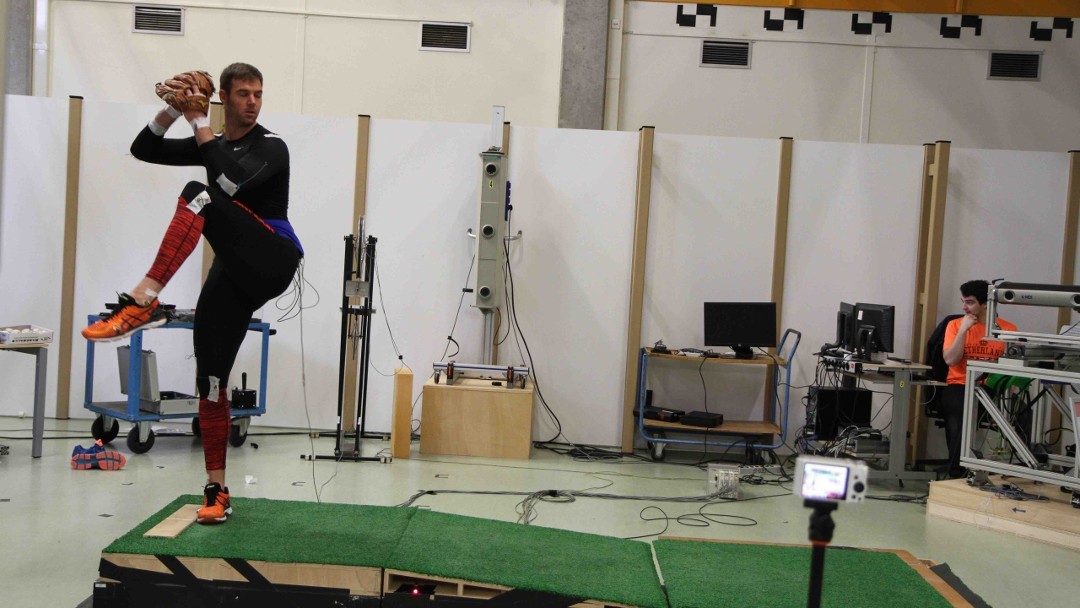Breaking the high load – bad coordination in overhead sports injuries
Project Parameters
Research Partners
Related Research Themes & Projects
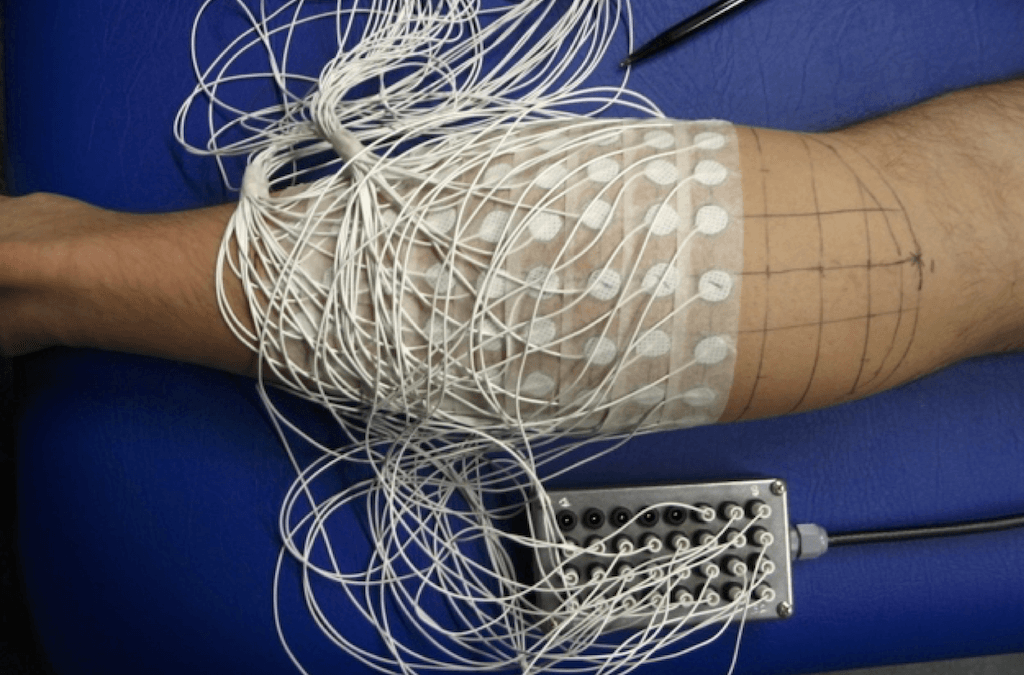
Unravelling the etiology of muscle injuries
The first aim of the research project is to characterize the activity of the hamstring muscles biomechanically and neurophsyiologically, during high speed running activities and injury prevention exercises. The second aim is to study muscle characteristics in athletes before and after a prevention program.
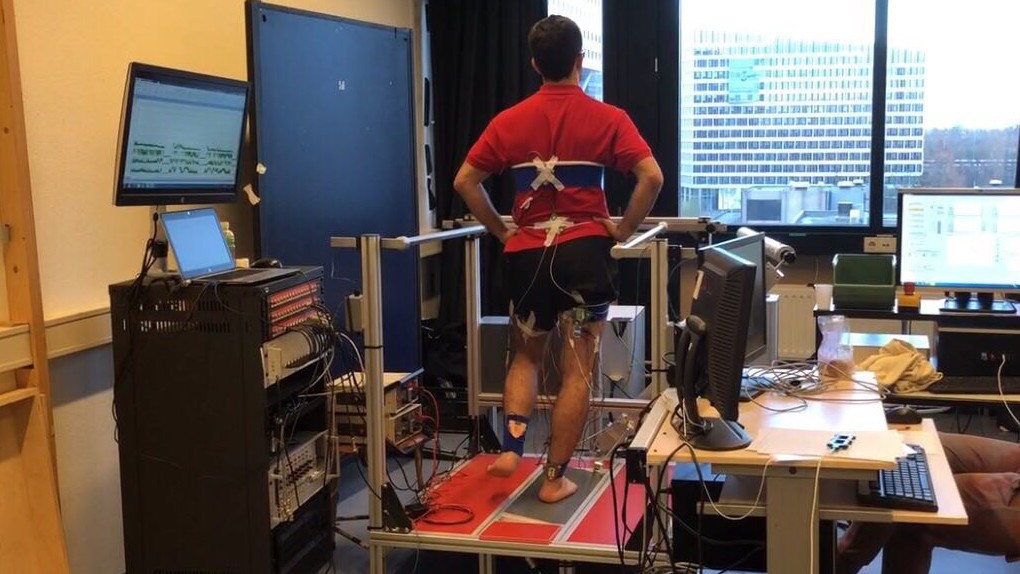
Learning to balance
In this project, we will study short- and long-term training in young and older adults, to determine the psychological (fear of falling), neurophysiological (reflex gains, muscle synergies) and biomechanical (motor strategies) correlates of improved balance performance
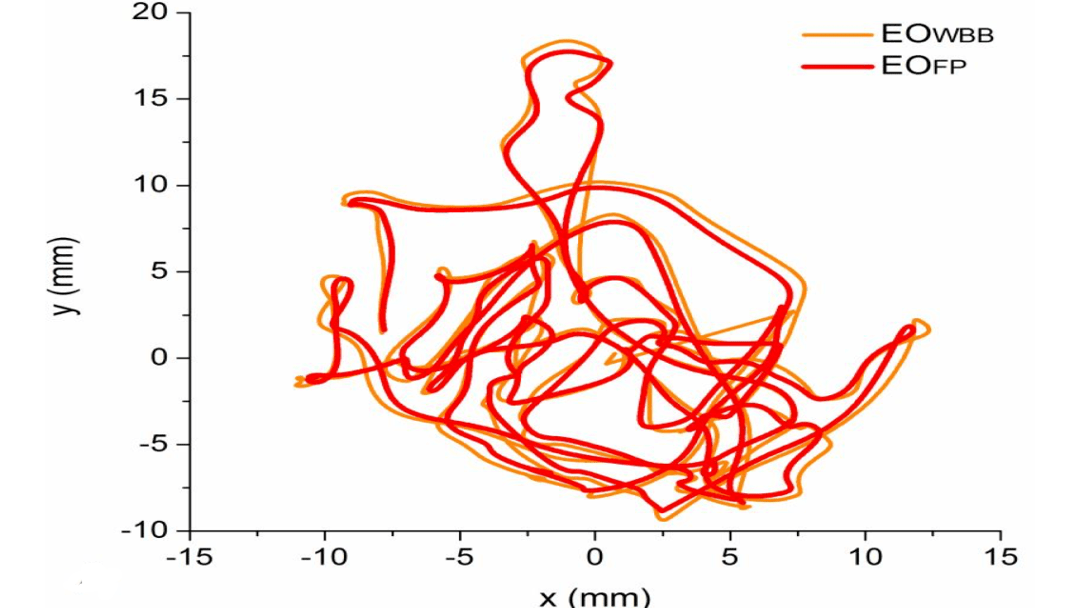
Balance testing
In this project we aim to develop outcome measures of static single leg balance tests and dynamic single leg landing tasks to evaluate sensorimotor control, more specifically the ability of an individual to stabilize posture, suitable for large-scale assessment of performance and injury risk in athletes, and for evaluation of recovery after injury
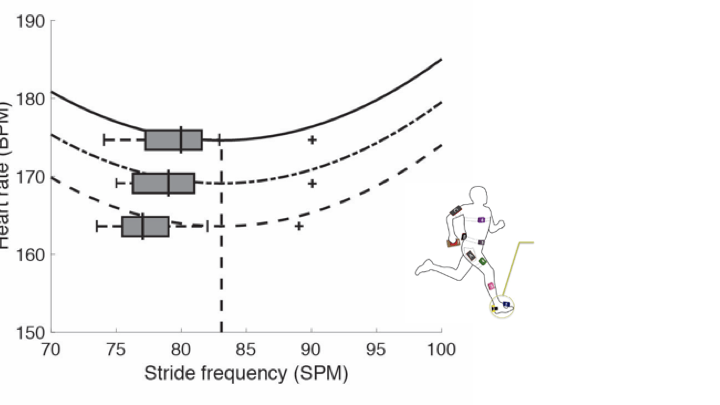
Feedback on running style to prevent injuries and enhance performance
Running injuries are highly prevalent. However the identification of risk factors has shown to be elusive and prevention is not very successful. Loading on the lower extremities is dependent on the training volume and intensity but also on running style. In this project we study the effects of running style on efficiency and injury risk in recreational runners with the aim to develop feedback based on wearable technology to improve running style.
